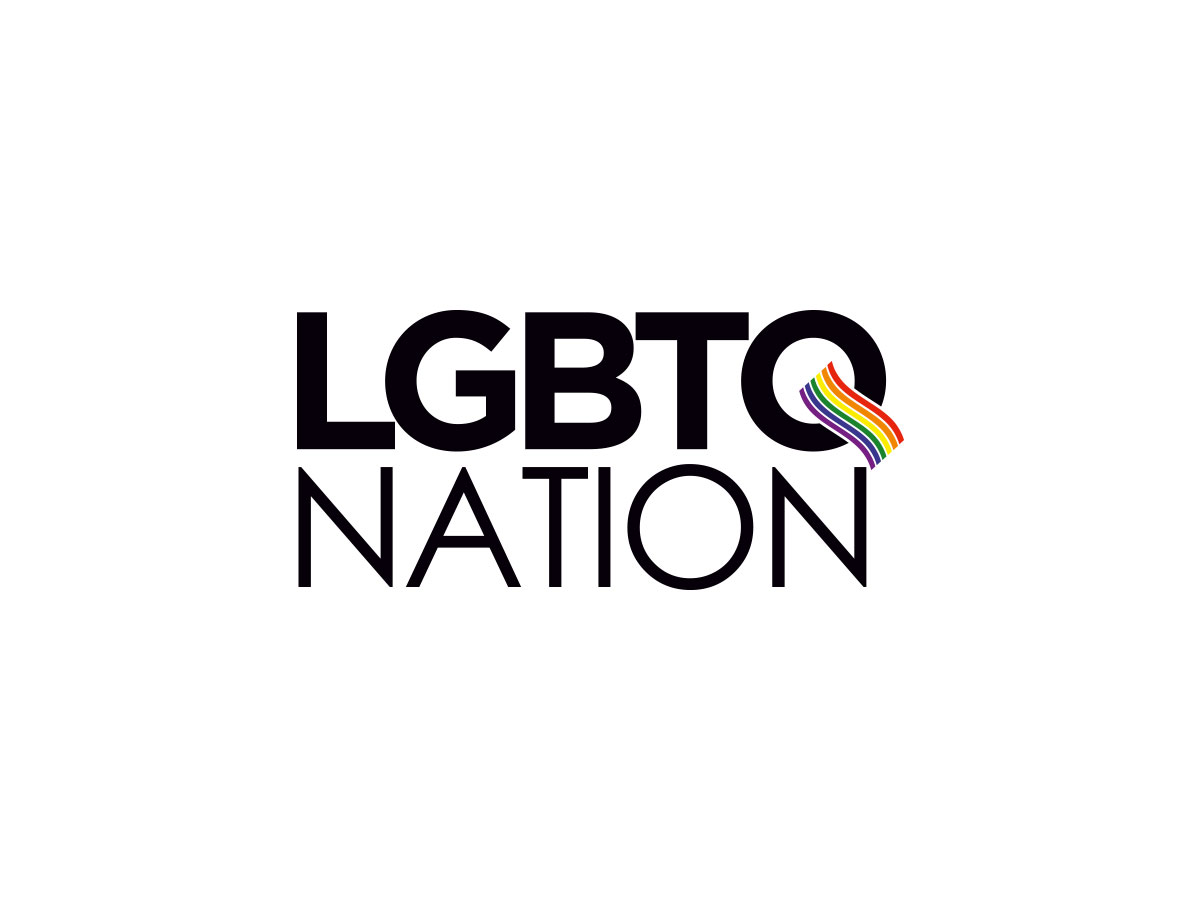
There’s been an lot of talk about “gayborhoods” lately. Last Saturday, Slate published an article with the ungainly headline “Amazon ruined our ‘gayborhood’: Tech-bros are swallowing up Seattle’s Capitol Hill — are LGBT districts across the country endangered?”
In the piece, author Katie Herzog laments the transformation of Seattle’s Capitol Hill from “a place that was a little gritty, a little divey and very queer to a party zone for straight people.” She opines that the two cultures — “the old queer folks, the new tech workers” — often clash, and suggests that such shifts might be responsible for a recent spike in hate crimes.
This sentiment is somewhat echoed in a piece published in The Guardian on July 14th, although James Norman’s article blames tech, not tech workers, for the death of his “gayborhood” in Melbourne.
In the story — titled “Goodbye to all the gay bars. Are dating apps killing queer culture?” — Norman wonders, “Whatever happened to the infamous alternative queer bars that used to be packed to the rafters every night of the week… Places where we used to make the effort to dress up (or dress down, depending on your taste), get drunk on cheap beers, and form enduring friendships and relationships.” In case the title isn’t a tip-off, Norman suspects that apps like Grindr, Scruff, Squirt, Hornet, and Jack’d have effectively outmoded these parties.
Never Miss a Beat
Subscribe to our newsletter to stay ahead of the latest LGBTQ+ political news and insights.
A story published yesterday on MyNorthwest by Jason Rantz argues that the decline of the modern-day gayborhood is, in fact, a good thing. “Like it or not,” he writes, “the death of ‘gayborhoods’ is a sign of progress, even if it does bring with it some feelings of loss… The evolution of a neighborhood becoming all-inclusive is progress… The fight for acceptance is near over. The concept of a gayborhood is no longer as meaningful, and that actually shows progress.”
The Advocate’s Sean Cahill surely wouldn’t agree, judging by his March 27th piece, “The Slow Death of Gay Gathering Places May Be Aiding HIV.”
“Many older gay men came of age,” he writes, “when finding a cohesive, supportive community of other men could easily be found at gay bars, in gay neighborhoods, ‘coming out’ groups, and numerous other gay affinity groups… As we look for ways to make transmission of HIV a rare event and further improve the health of LGBT people, we might find the road to the future by looking to the past.”
https://www.advocate.com/commentary/2015/03/27/op-ed-slow-death-gay-gathering-places-may-be-aiding-hiv














Is the decline of the modern “gayborhood” a good thing?